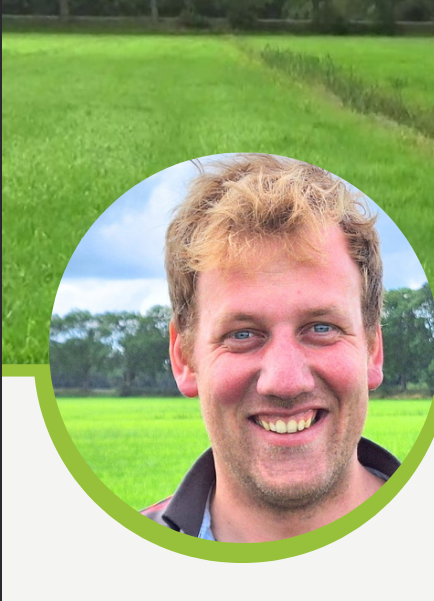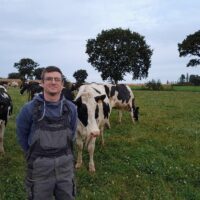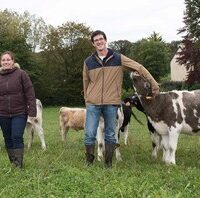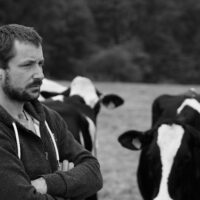Old grasslands and biodiversity
Wilfried HESSELS – Improvement of grassland management
Description
Practice abstract
Wilfred Hessels and his parents run a dairy farm of 85 cows on 60 hectares of land on sandy soil in the Netherlands. They consider grasslands as really important for their farm. While many other Dutch farmers renew their pastures every few years, Wilfred likes the benefits of having older grasslands, especially with the weather getting more extreme. At the farm, most pastures are over 20 years old. These permanent grasslands have a higher organic matter content in the soil compared to temporary grasslands. This enhances resilience to extreme wet and dry conditions and requires less input such as drainage or irrigation. The extensive root structure of old grasslands enables these grasslands to thrive under less optimal growing conditions and fosters a stable and active soil life. Moreover, older grasslands support the growth of local and native herbs, increasing diversity.
Wilfred also uses a special method to increase diversity alongside the ditches. Ditches need to be regularly cleaned. When all plant material would be removed, there is little possibility for diversity. Instead, they use mowing baskets to catch the above- and below-ground material. This material is left to decompose for a while on the side of the ditch and is then spread on the pasture. This method naturally promotes diversity, which is beneficial for the native flora and fauna. Wilfred sees this as an easy way to improve biodiversity on pastures without compromising productivity.
Context profil

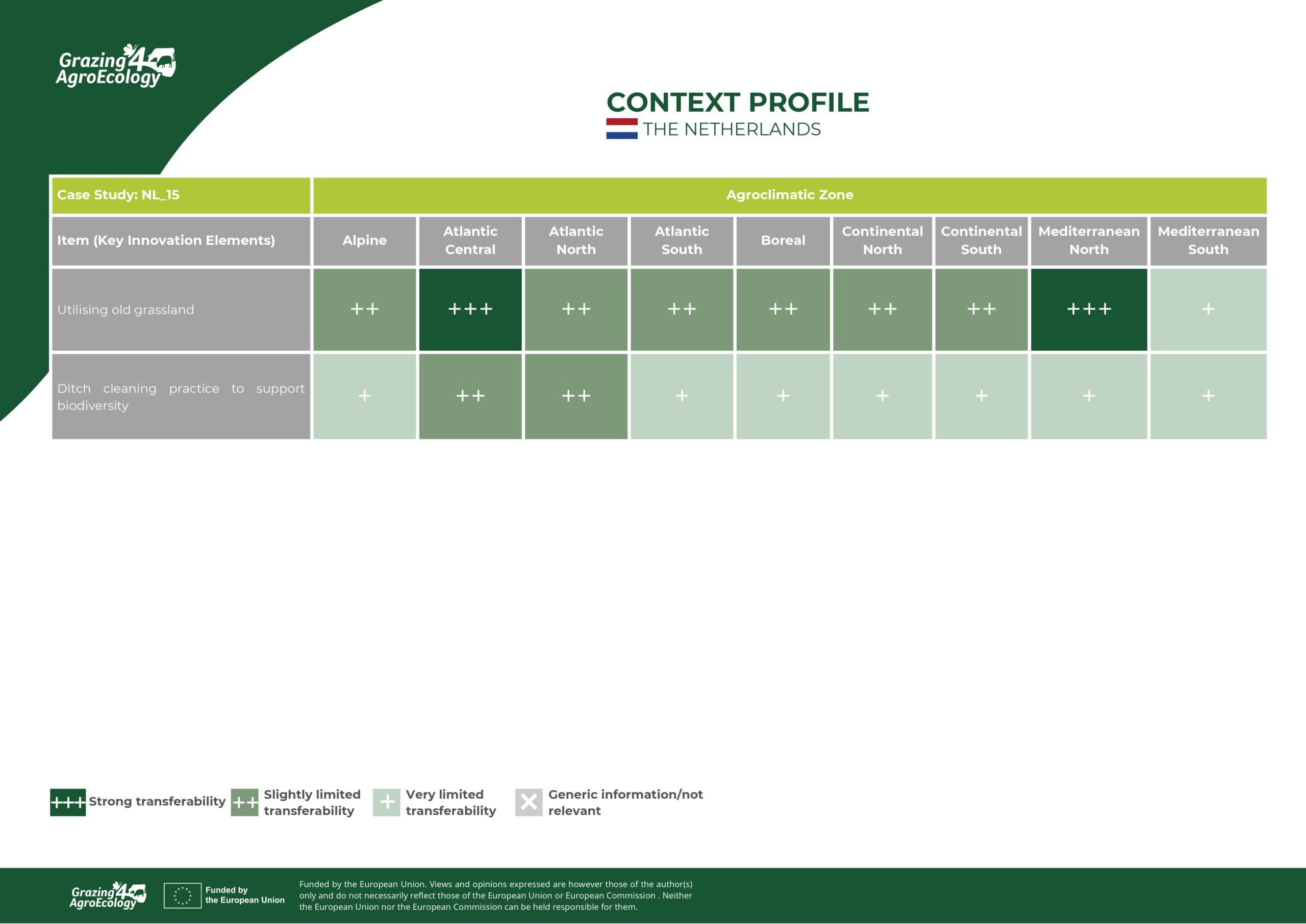
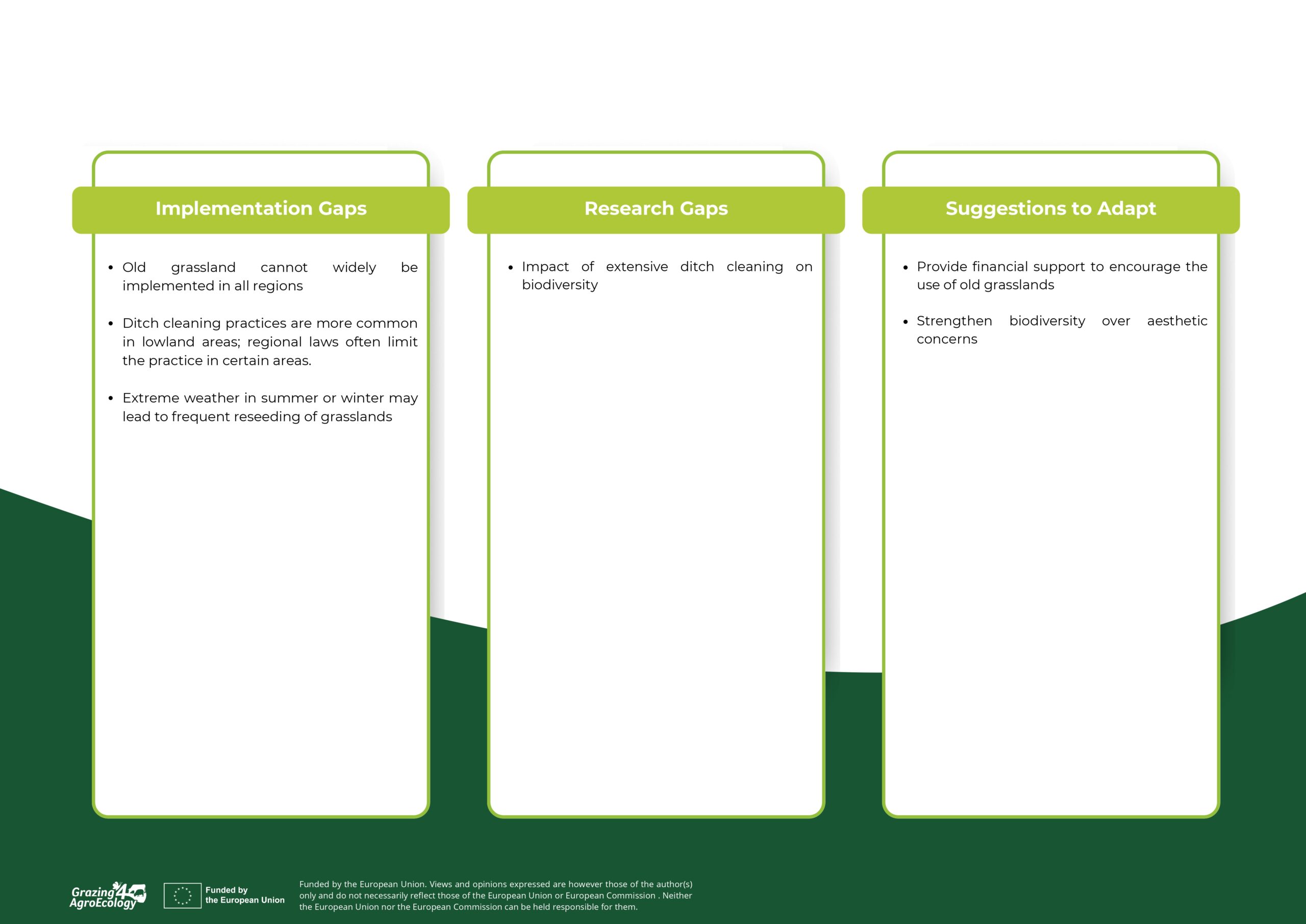
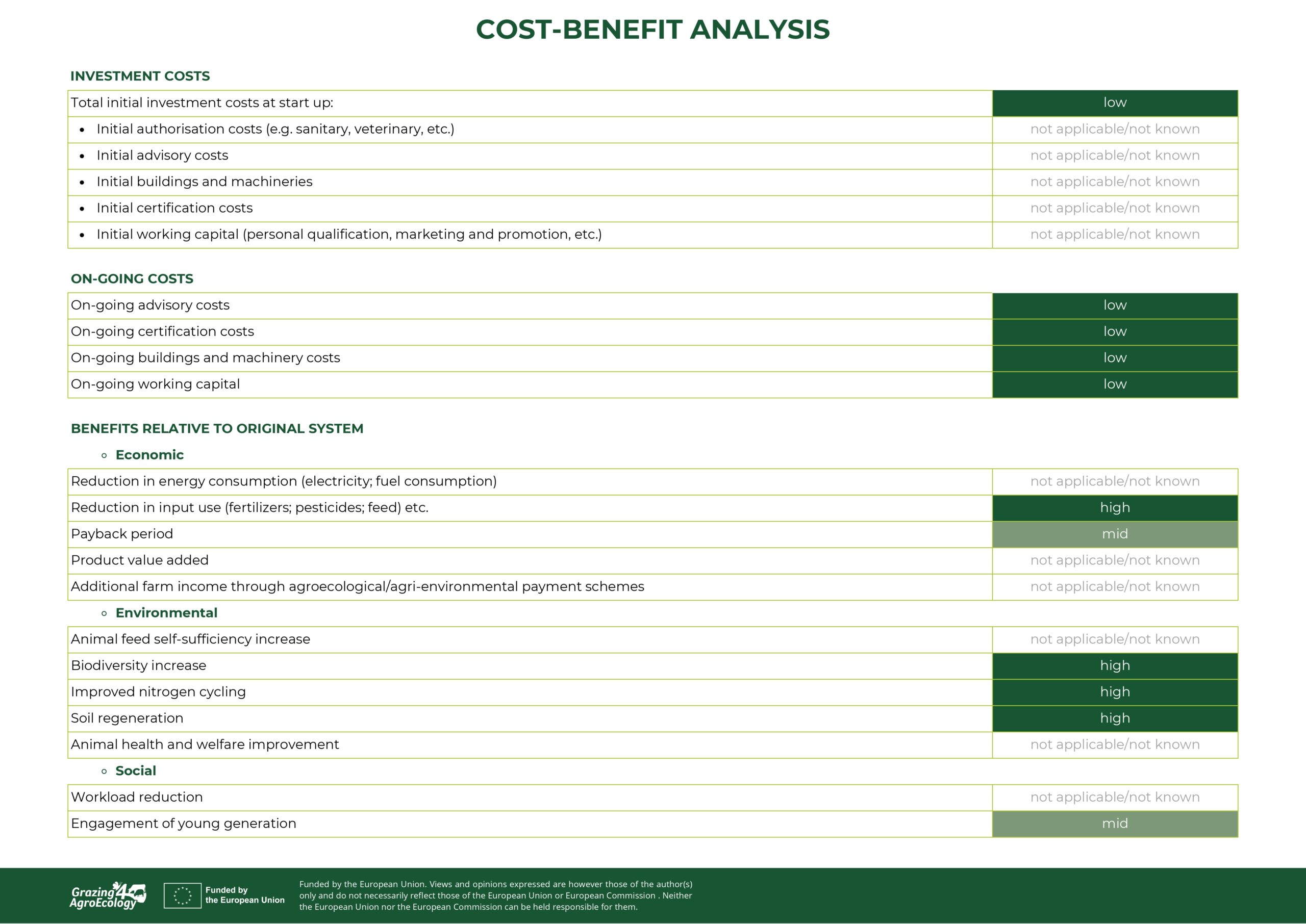
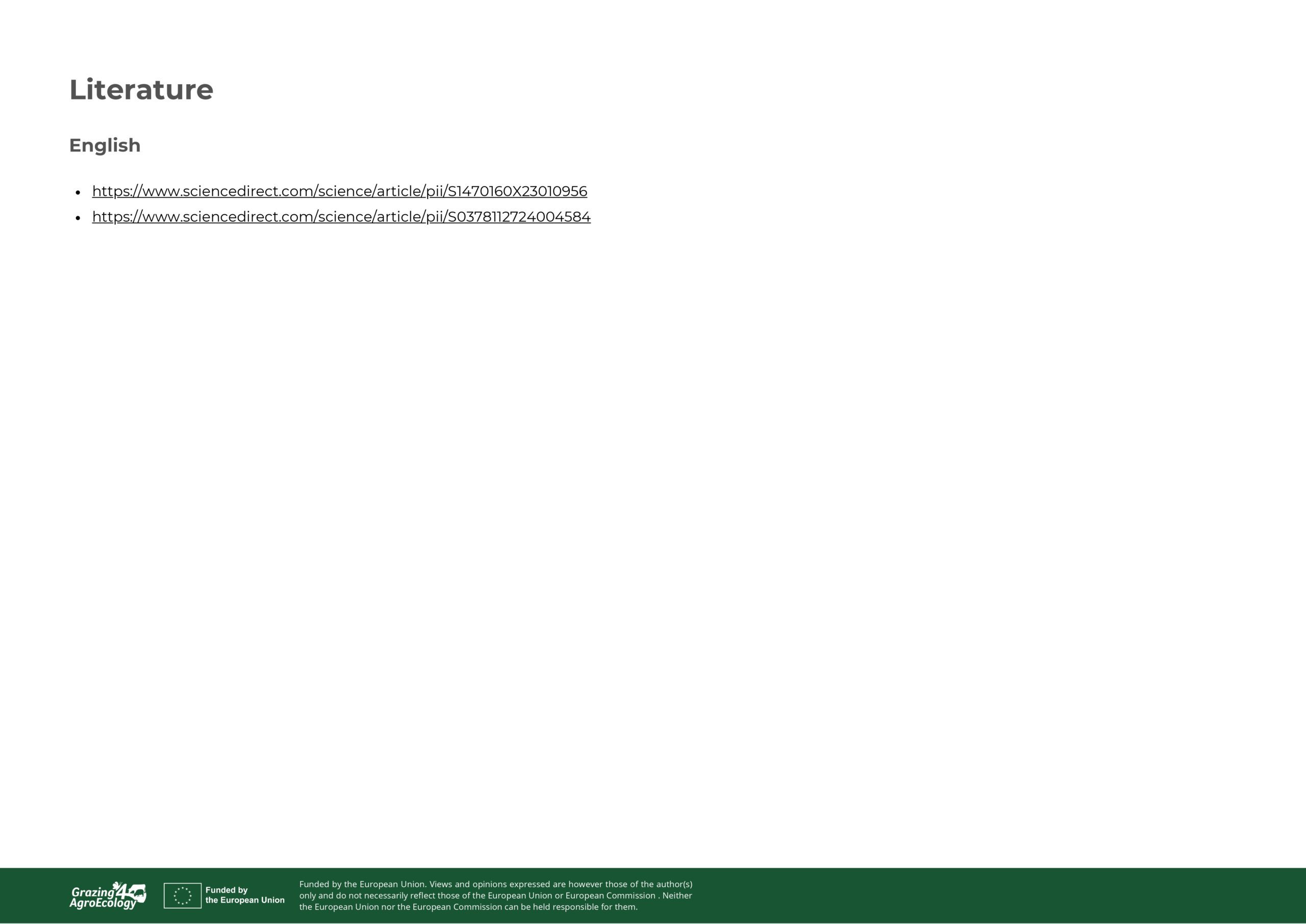
Additional information
| Main domain of innovation | Improvement of grassland management |
|---|---|
| Agroclimatic area | Atlantic central |
| Climate | Moderate rainfall |
| Soil Type | Sand |
| Management | Pasture dairy |
| Technical | Difficult |
| Finance/investment | Low |
| Market | Global |
| Social | Full-time farmer |
